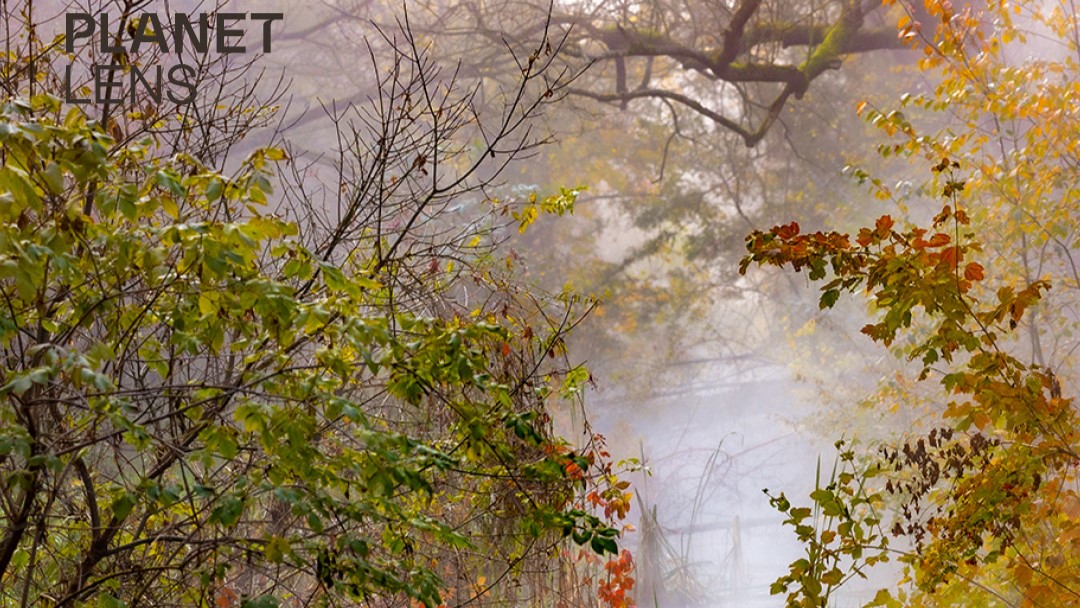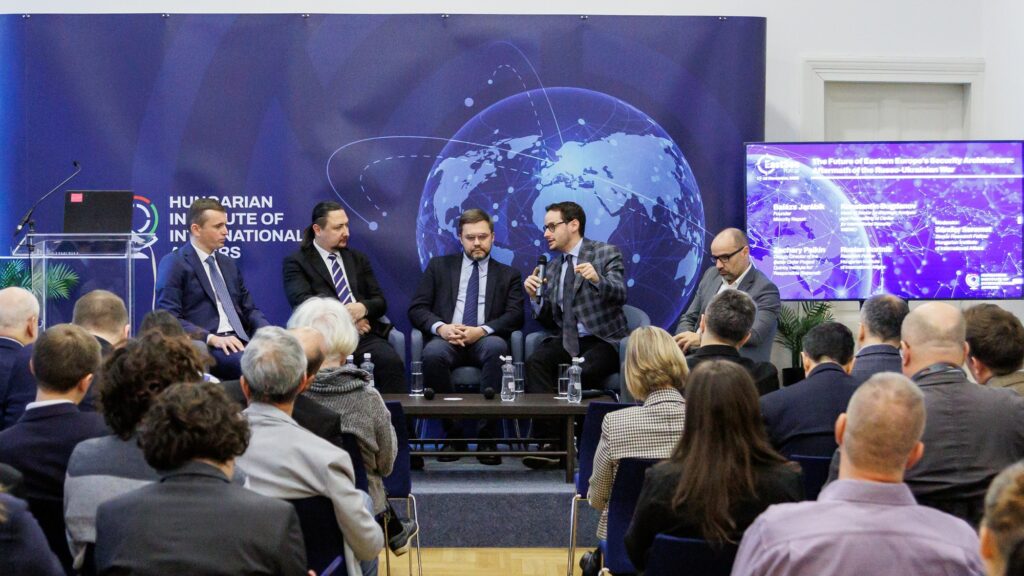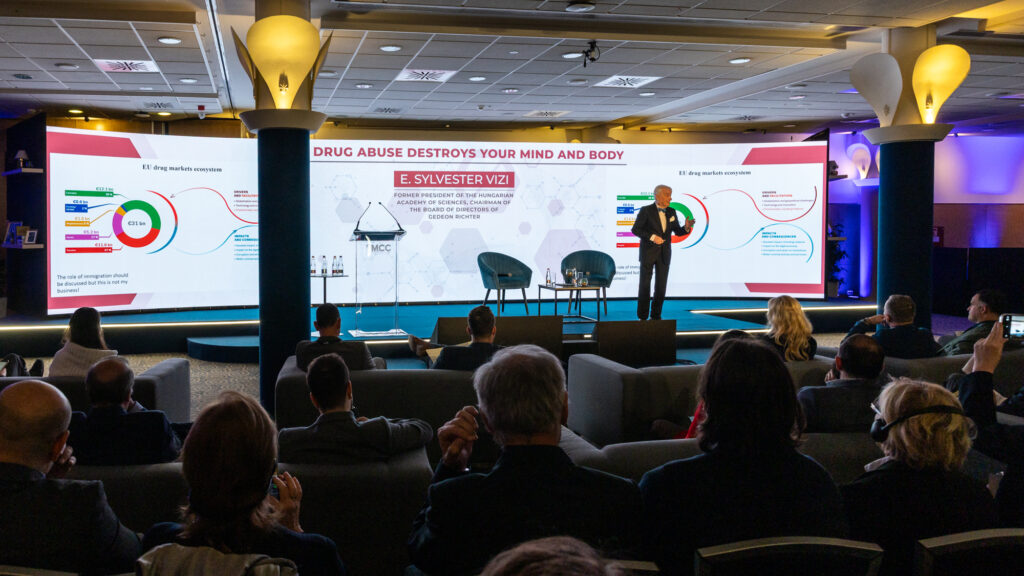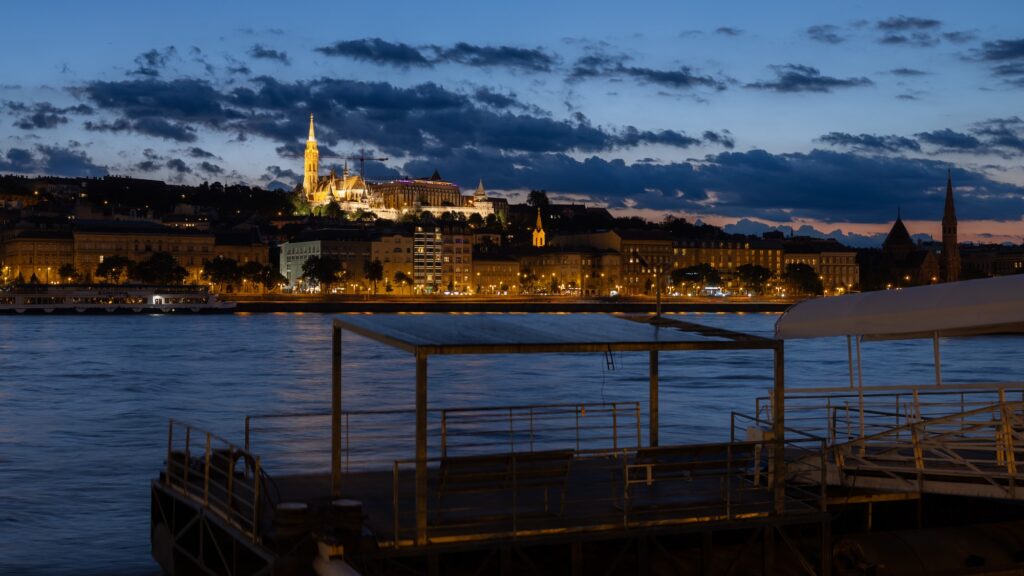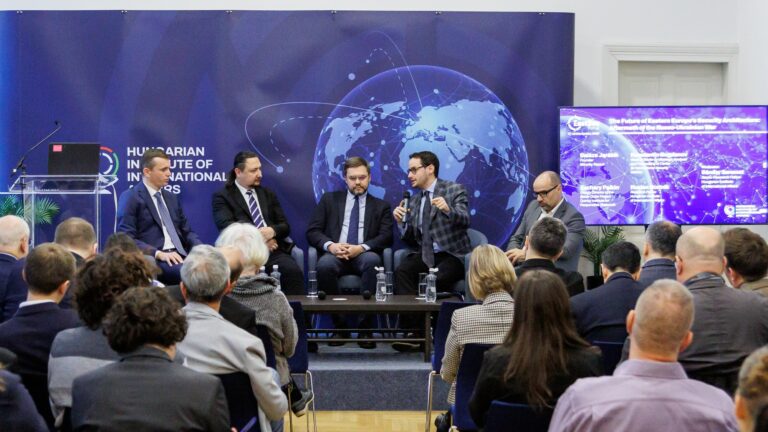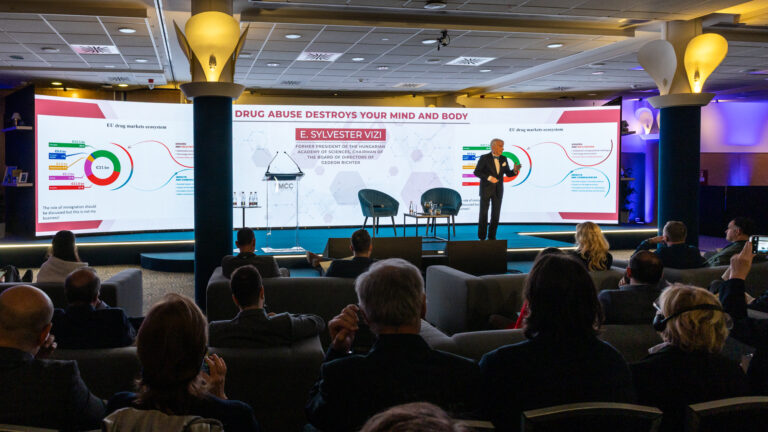Former Hungarian President János Áder has called for a more balanced approach to environmental storytelling—one that not only highlights problems but also explores how negative ecological trends might be reversed. Áder made the remarks in a new episode of his Blue Planet podcast, ahead of the 10th Planet Lens International Nature Photo and Film Festival, which will be held in Veszprém from 15–18 May.
The festival, previously hosted in Gödöllő, has drawn submissions from 45 countries this year. Films are categorized into four sections: classical nature documentaries, short films, animations, and works focused specifically on the Carpathian Basin. The photo competition also includes international and regional categories.
According to Ákos Gózon, editor-in-chief of Élet és Tudomány and Természet Világa, and head of the festival jury, the event aims to attract audiences of all ages and interests. Screenings will be held at six locations across Veszprém, with award-winning entries also broadcast via public media and online platforms.
This year’s central theme is biodiversity. One standout film, Jungle Beneath the Water, documents the transformation of the Hévíz Lake ecosystem as invasive species from abroad reshape the underwater world. ‘It’s like visiting a new continent,’ Gózon noted.
Áder underscored the need to preserve and share well-documented knowledge of such changes. He praised the evolving style of modern nature films, which increasingly move beyond stunning visuals to incorporate educational aims and solution-oriented narratives.
Gózon echoed this sentiment, pointing to a Hungarian documentary about the rapid loss of the country’s natural standing waters—80–90 per cent of which have vanished in the past two decades—as an example of filmmakers grappling with both the causes and the possible remedies of environmental decline.
Áder concluded by saying that audiences respond positively when films present hope alongside hardship. ‘Beyond the drama, it’s vital to ask: do we have room to act? Can we change course, slow the damage—or even reverse it?’
Related articles:

